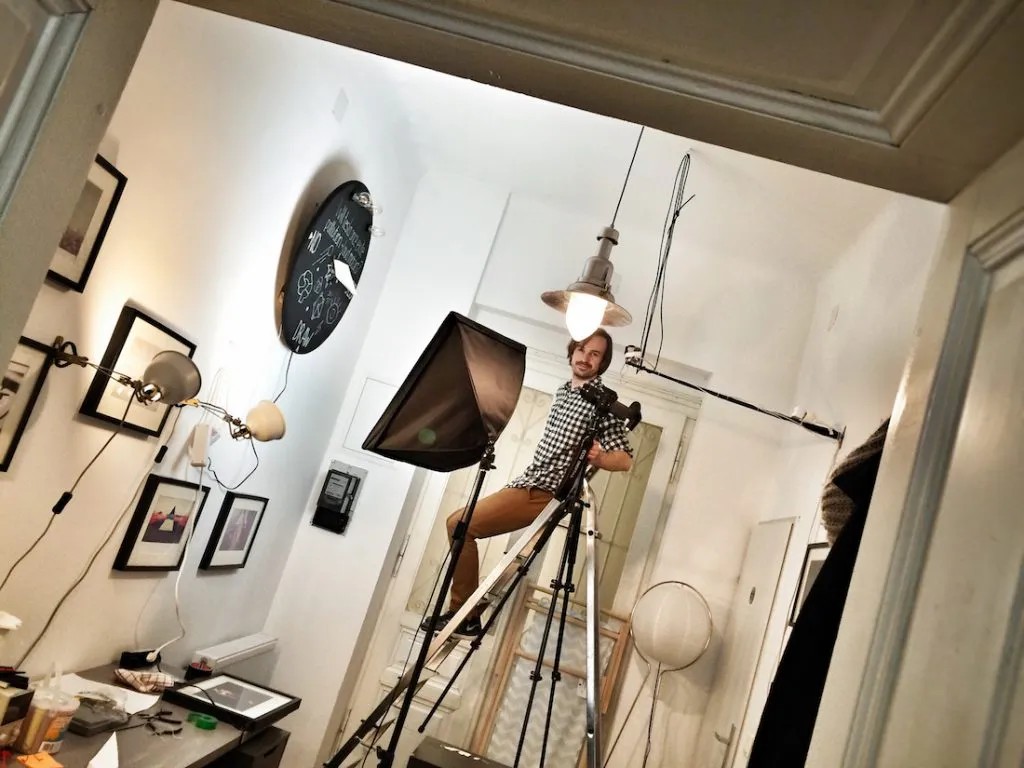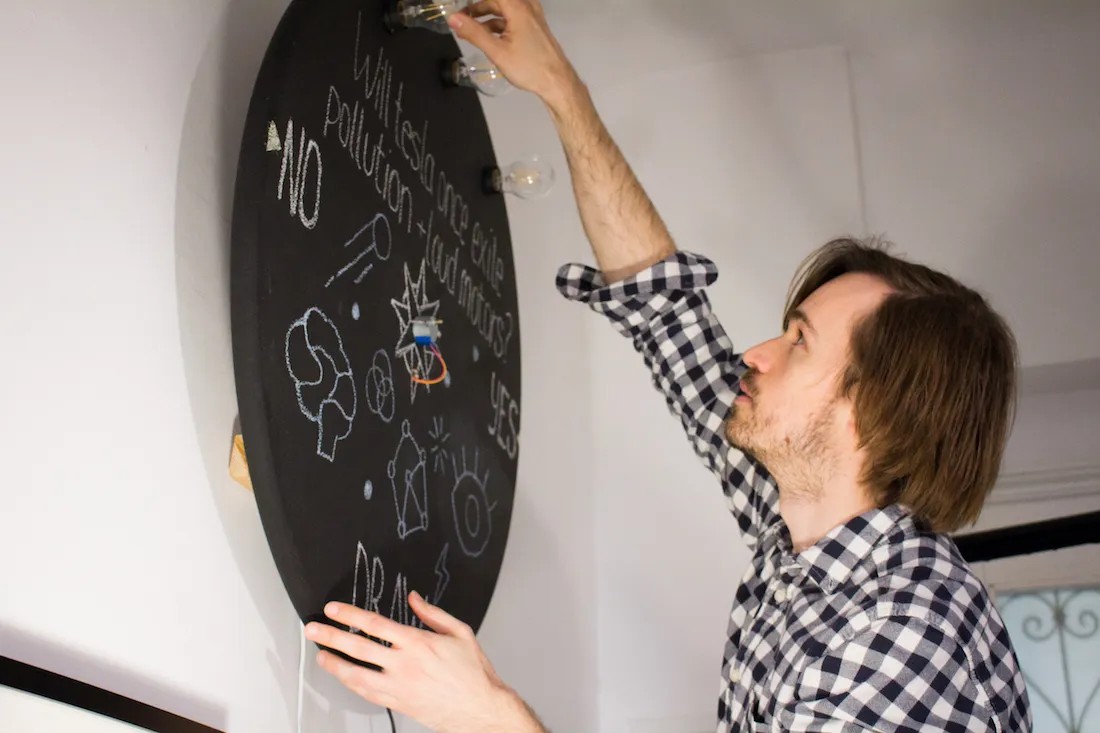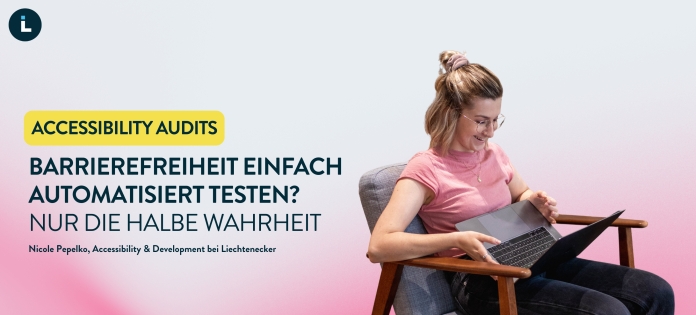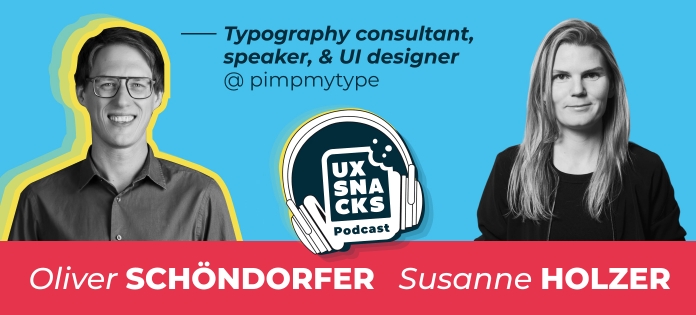
One of the things we specialize in our Liechtenecker Lab is Internet of Things. The Internet isn’t something we consume just on our desktop anymore: Today the Internet is everywhere and when we talk about IoT we talk about all these new devices we can connect to the Internet.
So obviously we have the Internet on one side and the “things” on the other. Since we are working on digital products for over ten years now, we clearly know everything about the web. But what about the things? To be honest, yes this is really new to us. We are no carpenters, physicists or electricians. But we have other skills like passion and creativity! Skills that will always push ourselves forward and help us constantly evolving. So you might imagine that a lot has changed through that in our daily work. Last time I wrote about IoT Displays and today I want to share what I’ve experienced while changing from a web dev to an IoT dev.
Back to the basics
Like every time you start something new it is good to begin with the basics. What exactly the basics are, depends on your IoT project but I would recommend getting started with a Raspberry Pi and some sensors. The Pi is “a credit card–sized single-board computer”. This just means it is a very, very small computer where every component sits on one board. It connects your project to the Internet.
Additionally it is important to refresh your electronics knowledge. Take a close look at circuit basics, because you will need that a lot. Every time you want to use a sensor or a LED with a Pi you need to build a little circuit. Therefore it is important to know about current resistors, transistors and more.
Good practice is to start with a tutorial or a little project. I’d like to recommend PubNub IoT Tutorial tutorial on PubNub where you learn how to control a LED through the Internet. But there are also plenty of examples on Adafruit which is a big online shop for IoT stuff.
Getting dirty
After getting yourself familiar with the basics it is finally time to build something. But this is not completely like building a web project. The web is only just one part. The other is about creating the “thing” from Internet of Things and this was pretty new to me. Ok I’m capable of changing a bulb or to assemble an IKEA chest but working with wood, electricity and bringing everything together for a whole new product is quite different.
The first thing I noticed was that I spent more and more time away from my desk and computer. It doesn’t matter if it was about buying components, painting, mounting or drilling, you need to stand up from your desk and get dirty hands for these tasks. Here at Liechtenecker we got a little workshop for all these things what makes it a lot easier because you will need space and tools.
While building the Hype Compass I spent whole days away from my desk. This was really different from my normal daily routine but it was a lot of fun and a great new experience.
There is no undo
We developers are used to version control and the undo button. If we don’t like the code we wrote we just delete it and do it again. If the client doesn’t need the feature we build anymore, we remove that branch from our code. When you start working with other materials than code, it gets quite different.
Did you burn your Pi? You are screwed because there is no undo!
Did you drill the wrong hole? Did you paint the wrong color? Did you burn your Pi? You are screwed because there is no undo! If you’re lucky you can fix it, but there is no fast fresh restart without consequences. If a component is broken you need to buy a new one. This is why the next paragraph is so important.
You better start planning
Planning is always crucial but is is even more important when you don’t work on web projects. You will need many different components and tools and you will need to buy or order them. When you start working on a certain part of your project you will need those things to begin. Sometimes you can’t continue working because one little piece is missing. This could break your whole timeline and nobody wants that.
What I like about being an IoT dev the most is that it brings the benefits of both worlds together.
So investing more time in upfront planning is a pretty good idea. Try to think about every component you will need and what it takes to integrate it. There will always be unexpected issues but we need to do everything to keep them as few as possible.
Best of both worlds
I hope you now got a better understanding of what an IoT developer does and why it is quite different from a web developer. What I like about being an IoT dev the most is that it brings the benefits of both worlds together. Now that I’m able to bring the Internet to every device I like, I’ve opened the door to a lot of new possibilities. Coding is still what I love the most about my job but combining it with building physical products makes it even better.
Du willst mit jemanden über das Thema plaudern?
Einen kostenlosen Termin mit CEO Susanne vereinbaren!Barrierefreiheit einfach automatisiert testen? Nur die halbe Wahrheit
Für viele Unternehmen ist digitale Barrierefreiheit mittlerweile Pflicht – sei es aus gesetzlichen Gründen (Stichwort: BITV, WCAG, EAA) oder aus unternehmerischer Verantwortung gegenüber allen Nutzer:innengruppen. Doch der Weg zu einer barrierefreien Website oder Anwendung beginnt oft mit einem Accessibility Audit. Und genau hier warten die ersten Hürden.
Jetzt lesenEpisode #9 mit Oliver Schöndorfer
In dieser Folge zieht uns Oliver mit seinem unbändigen Enthusiasmus in die Welt der Schriften hinein. Jede Website schaut mittlerweile gleich aus? Keine Ausrede mehr; die Schrift ist die Stimme deiner Marke, mach was draus!Willkommen zum [...]
Jetzt anhören







